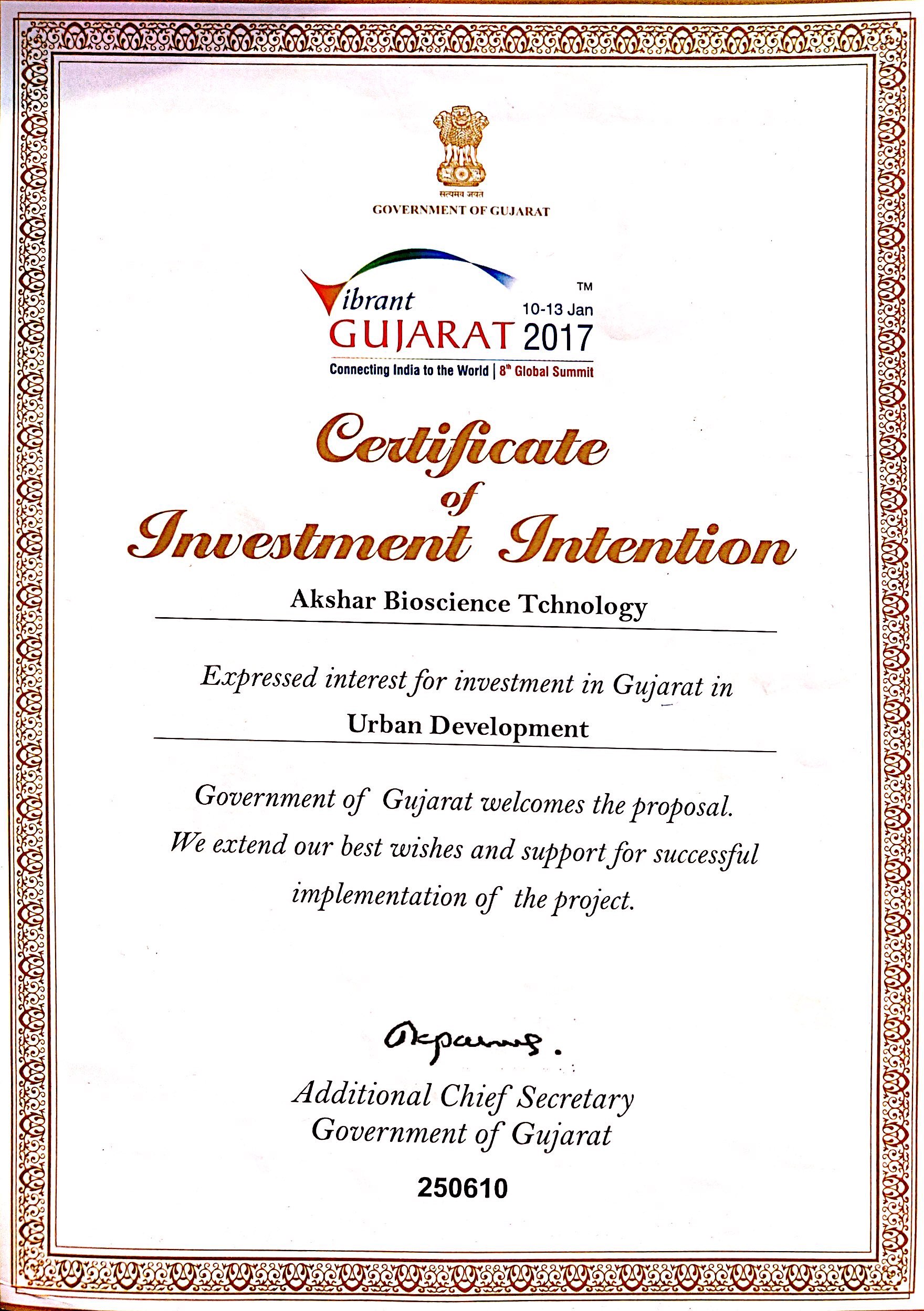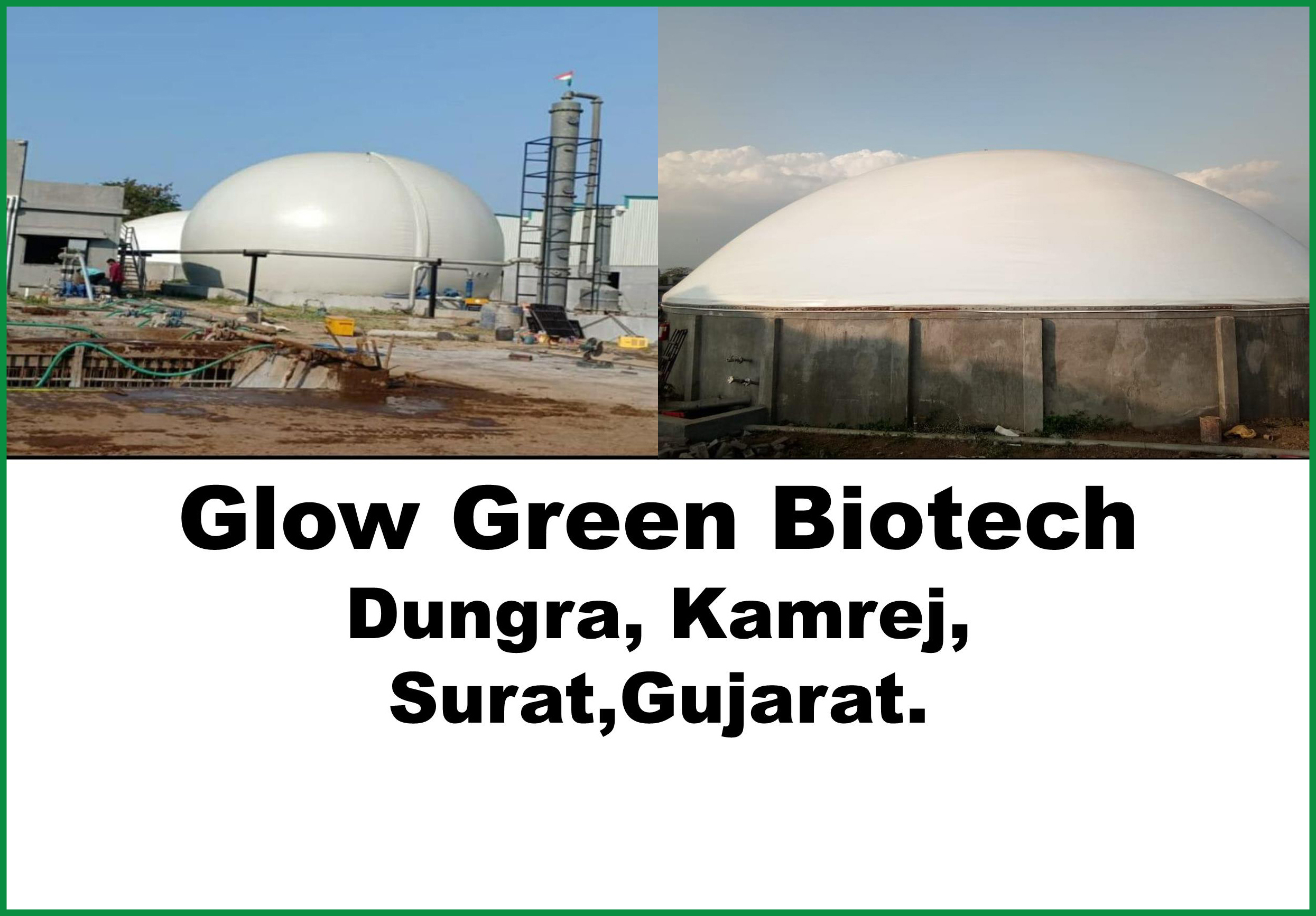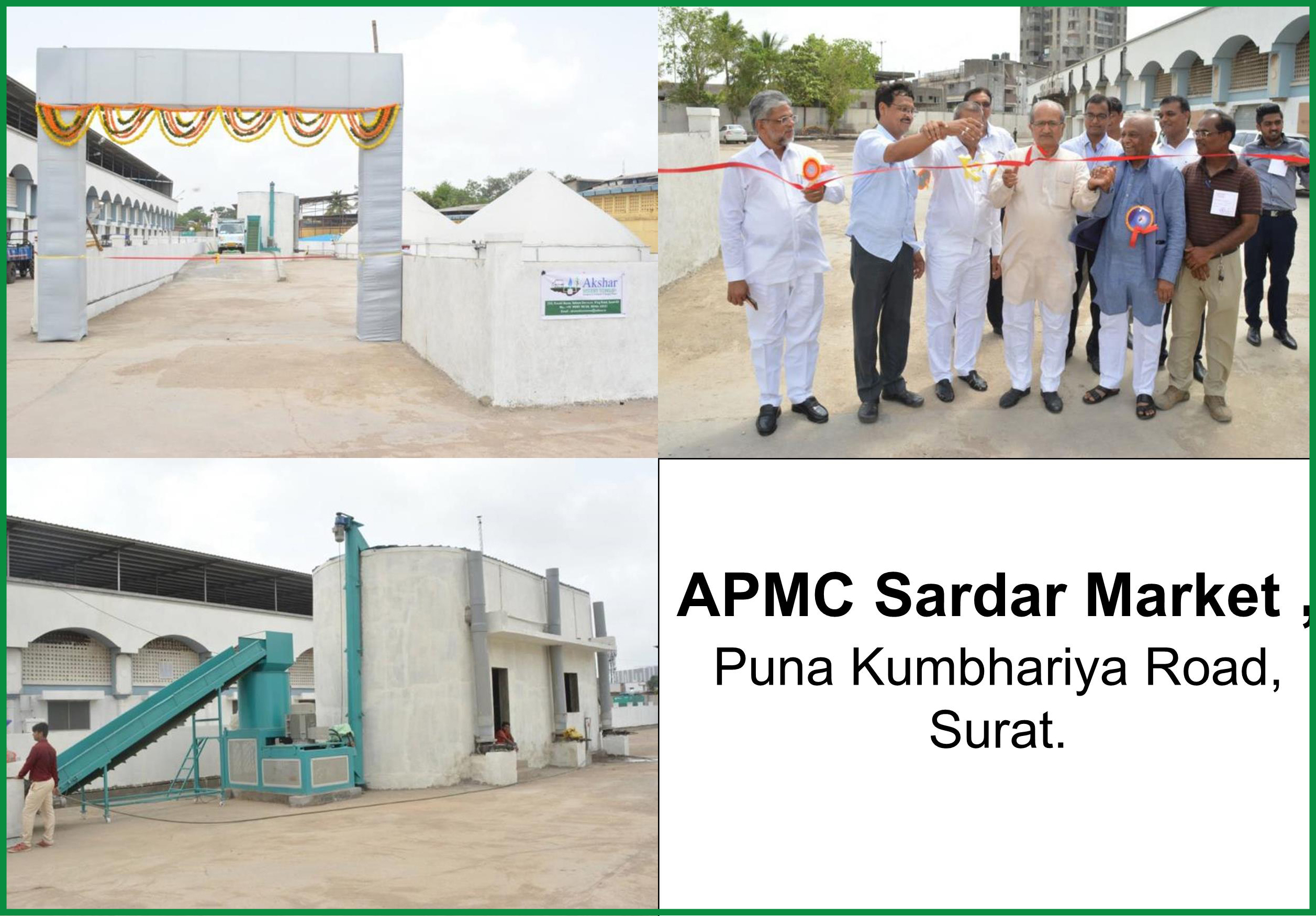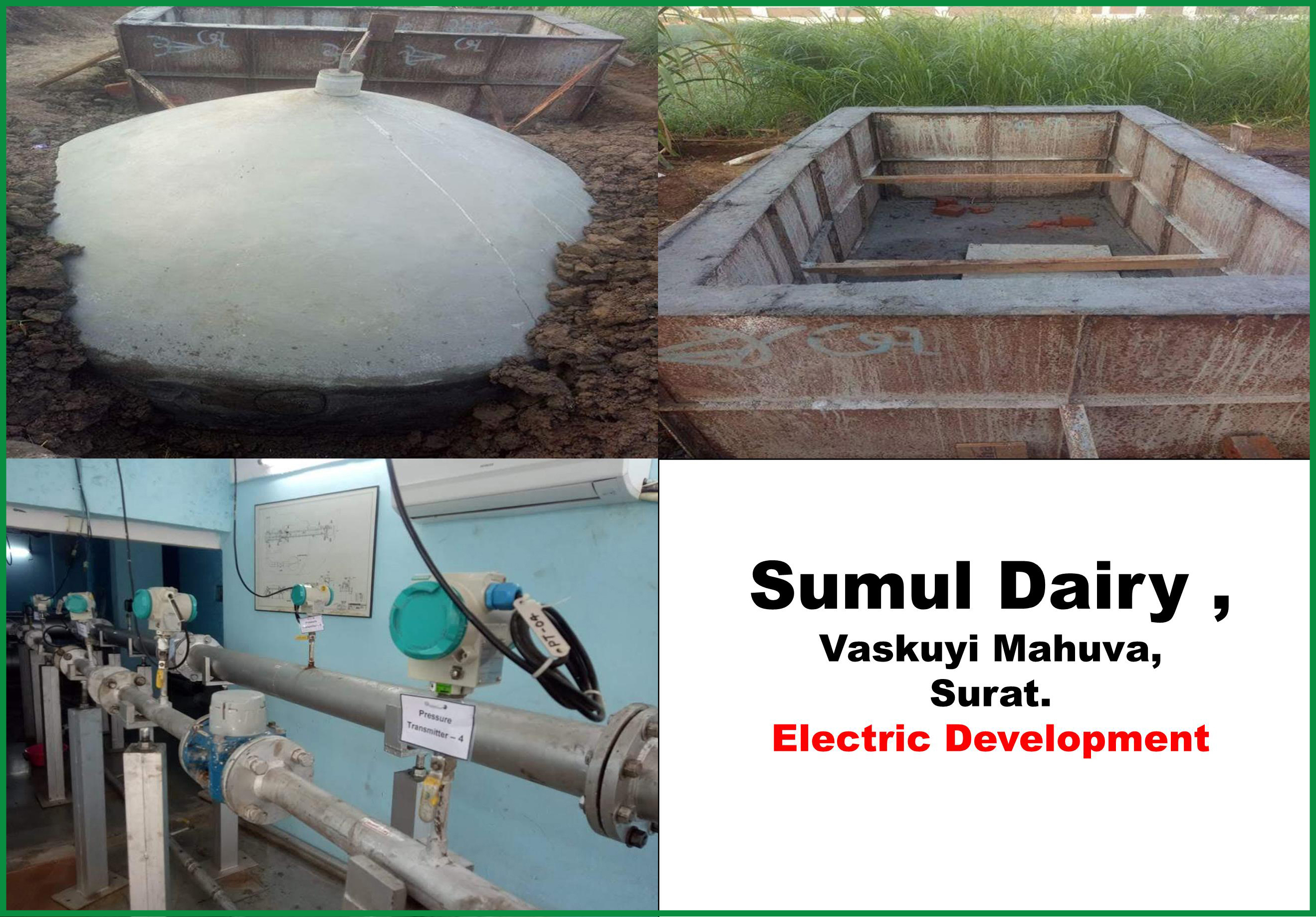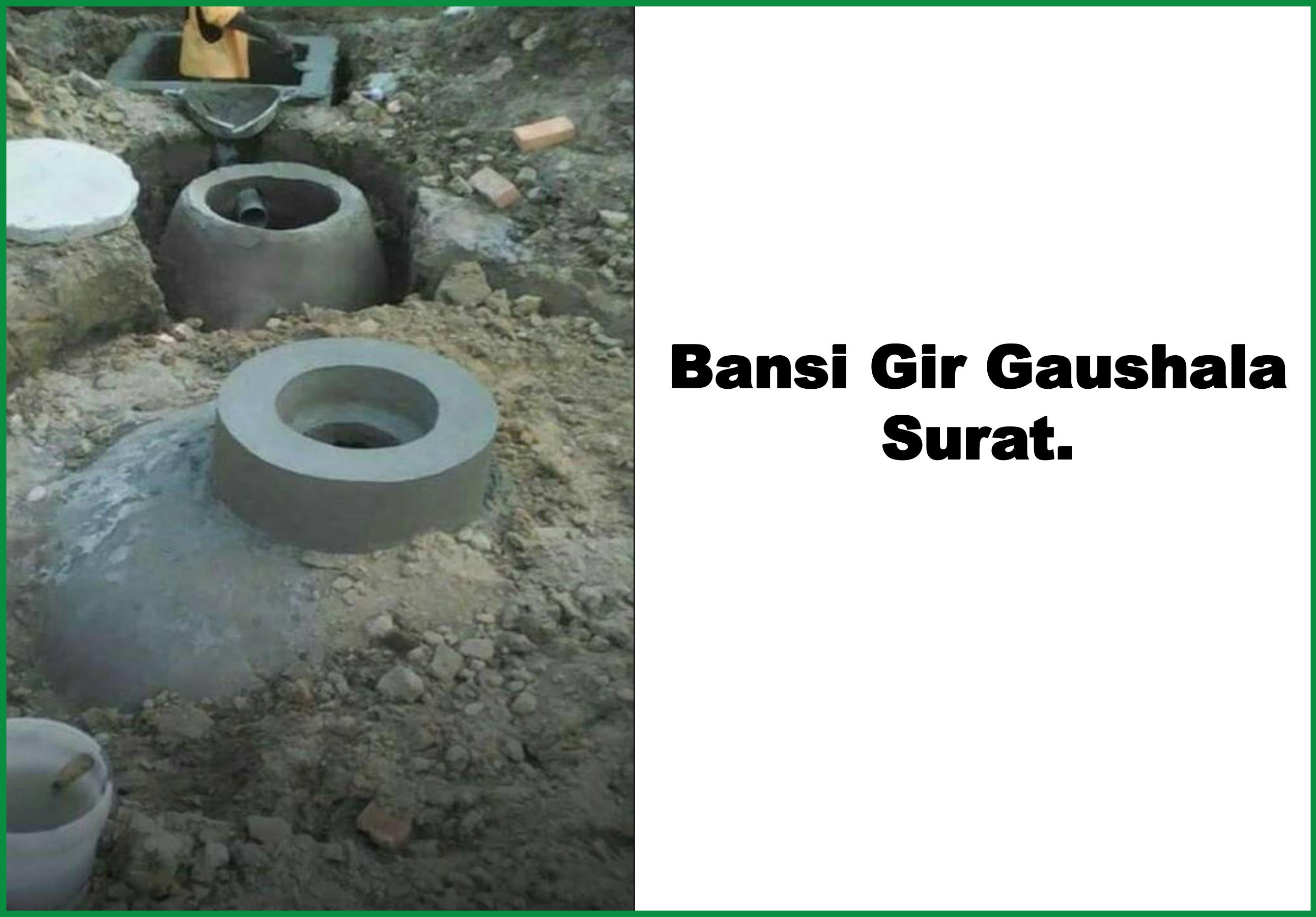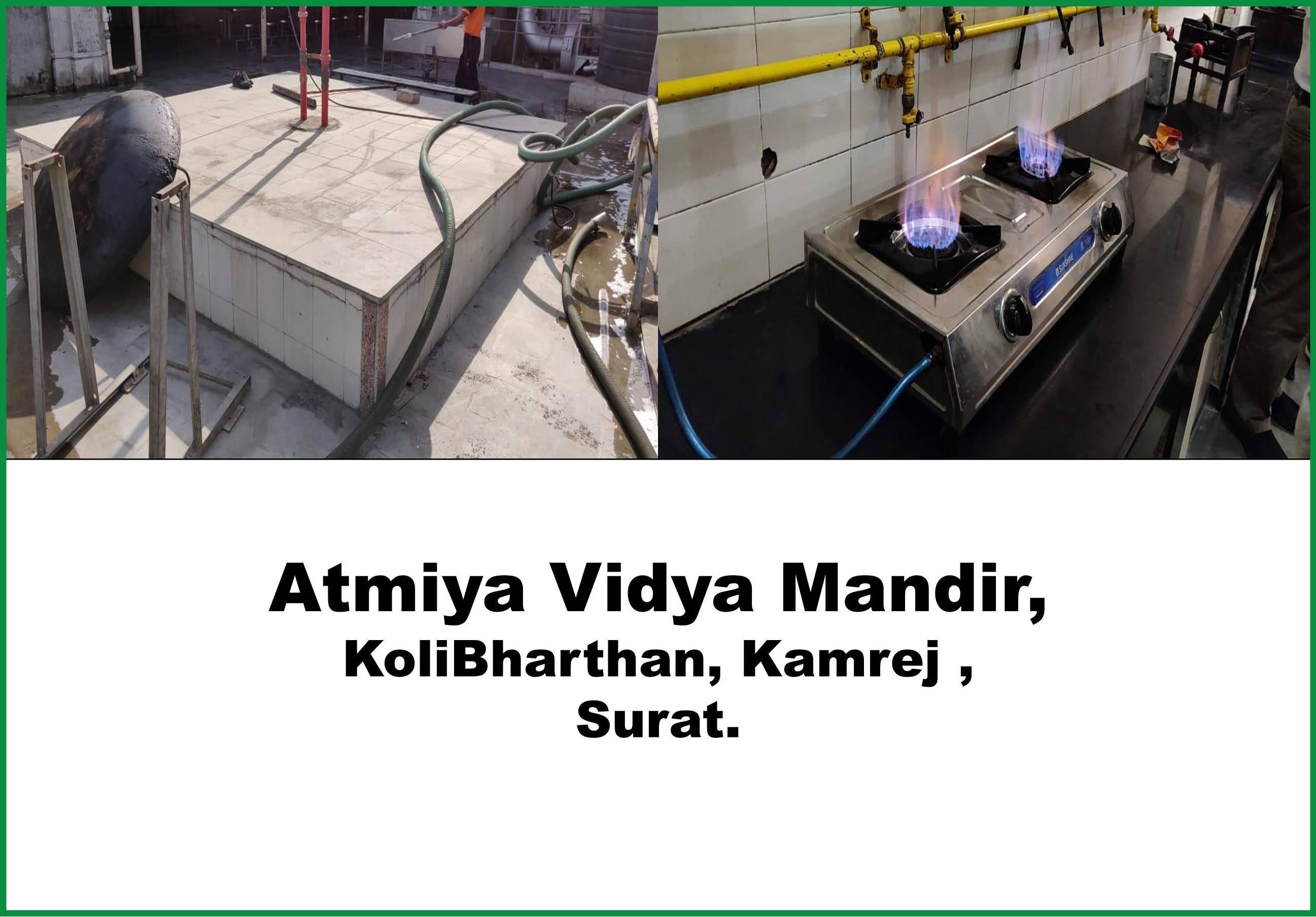
What is Bio-gas?

Biogas is produced in biogas plants by the biological degradation of biomass- mainly farming substrate, manure, energy crops, food waste and by-products of the food processing industries. Biogas is composed mainly of methane gas, a flammable gas and carbon dioxide gas. Methane gas is an efficiently energy carrier that has a wide range of uses and so is highly valuable. The carbon dioxide gas produced is the same as the quantity of carbon dioxide gas captured when the biomass was created. The carbon dioxide gas has many uses in the food and beverage industries, healthcare industry, oil and gas industry, welding and fabrication industry.
How?
Fermentation by bacteria in air-tight tanks, known as digesters, produces biogas in a process comprising several stages. Biogas is produced whenever organic matter decomposes in an anaerobic environment or environment without oxygen. Microorganisms and bacteria make the process happen. It is a natural process which occurs in many instancemore...
How?
Fermentation by bacteria in air-tight tanks, known as digesters, produces biogas in a process comprising several stages. Biogas is produced whenever organic matter decomposes in an anaerobic environment or environment without oxygen. Microorganisms and bacteria make the process happen. It is a natural process which occurs in many instancemore...


